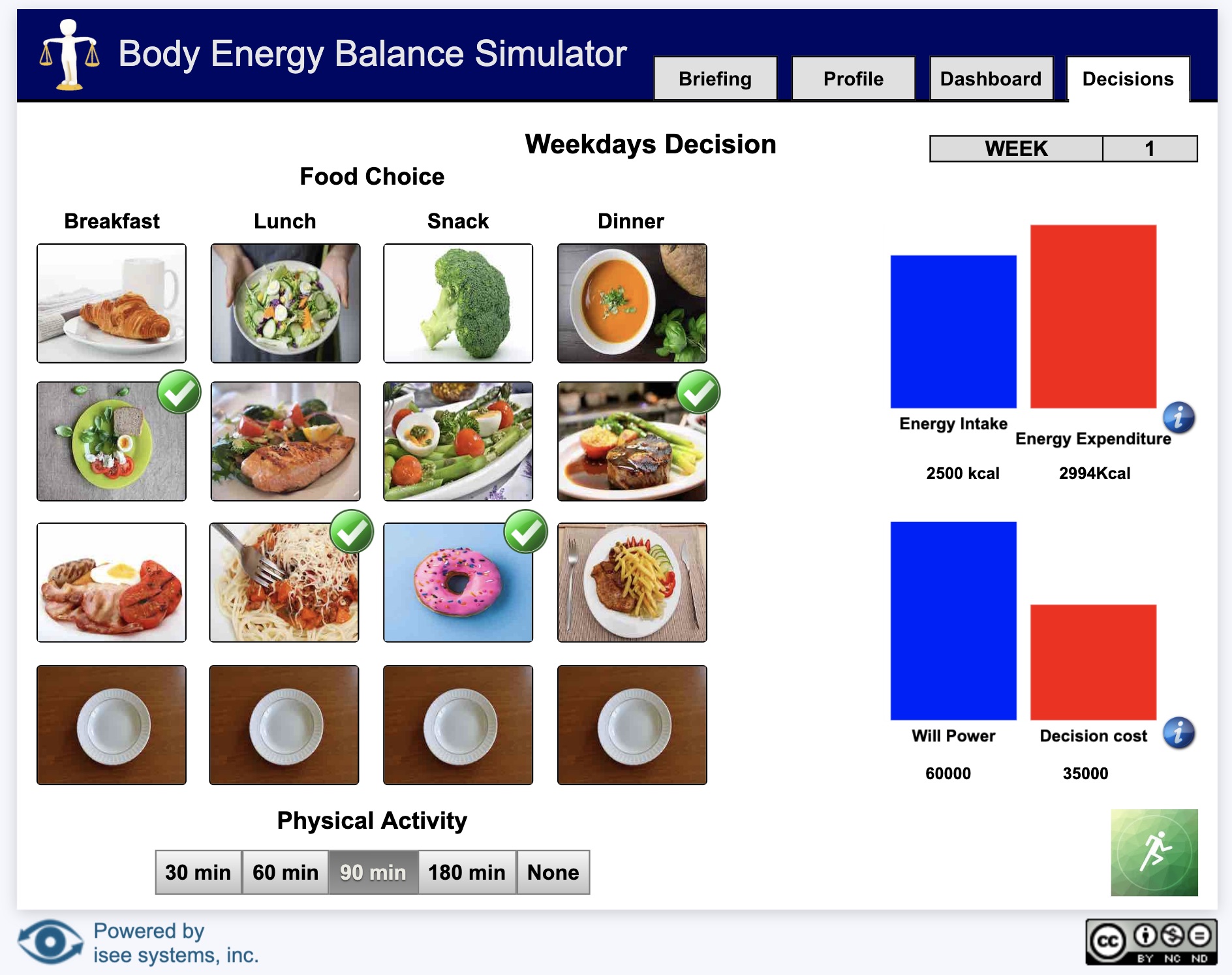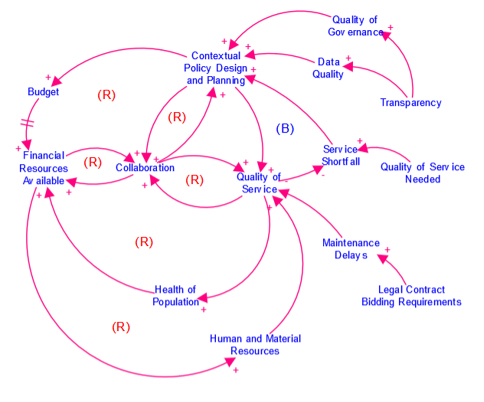Featured Author
John Hayward

I am a Visiting Research Fellow in Mathematics at the University of South Wales. Before my retirement, I was a senior lecturer at the university, teaching specialist courses in system dynamics, mathematical modelling and agent-based methods. I was awarded a BSc in astrophysics, and a PhD in applied mathematics, from the University of London, and then spent my career as a lecturer in mathematics. My research is in mathematical sociology with applications to the spread of social phenomena, such as ... Read more


